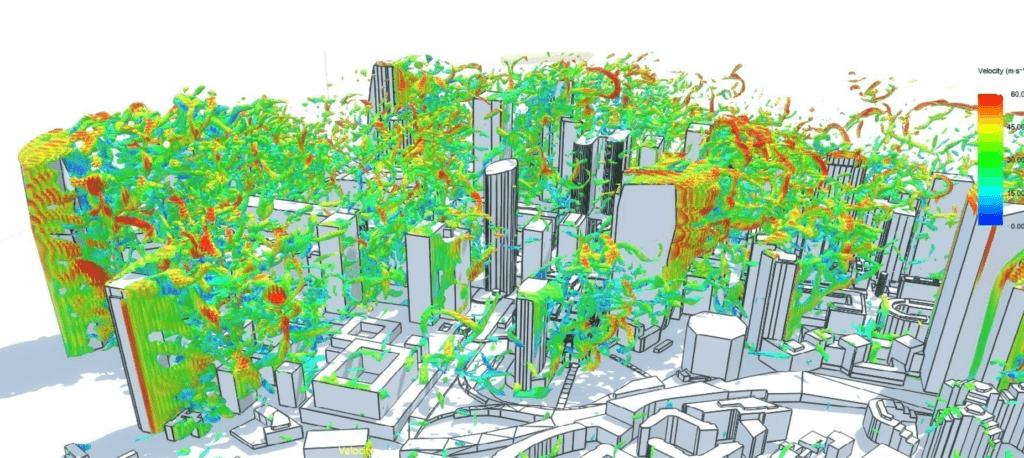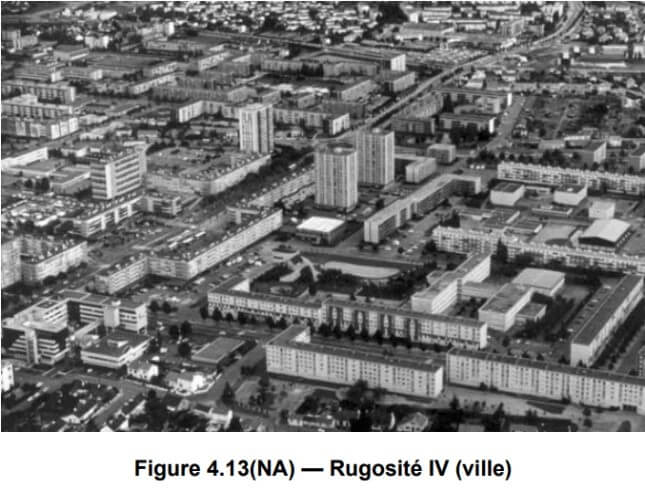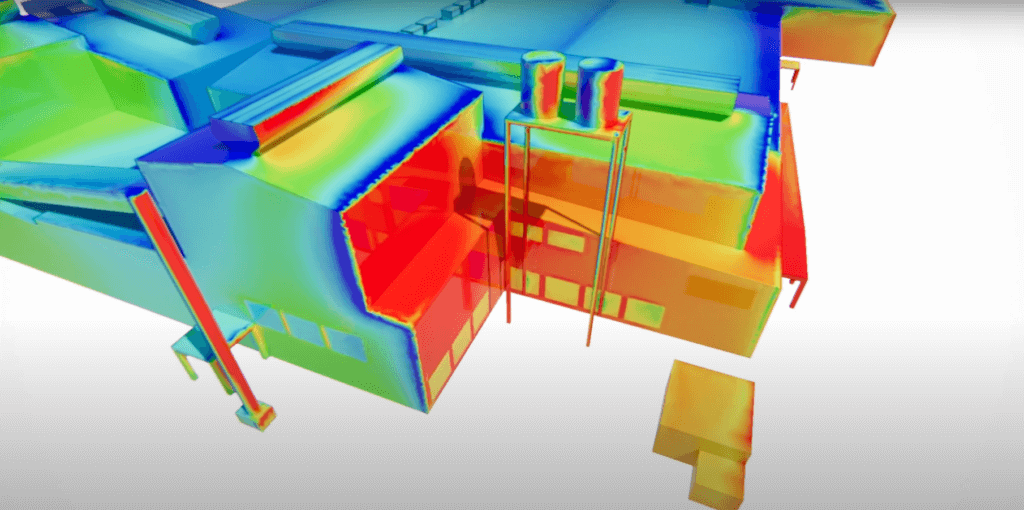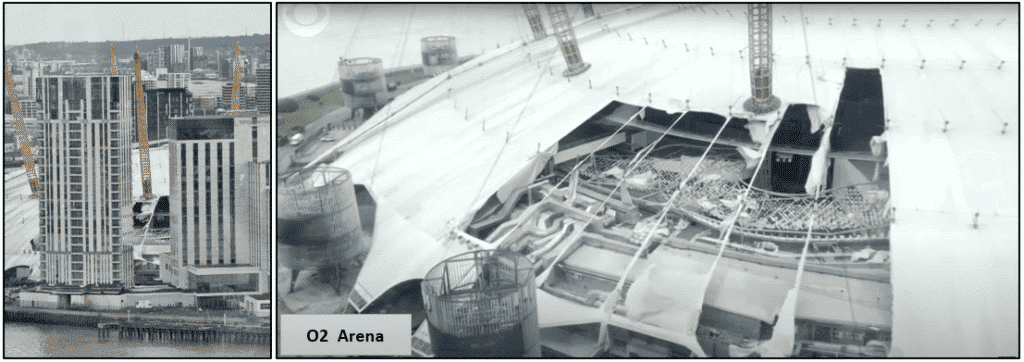Simulation of wind pressure on buildings – Eurocode 1
Home » Air & Wind » Simulation of wind pressure on buildings – Eurocode 1
Study the impact of wind on the structure of your buildings:
EOLIOS carries out CFD studies to assess aerodynamic loads on buildings.
- Calculating pressure coefficients
- Structural impact study
- Load calculations for curtain walls
- Study of critical failure scenarios
- Eurocodes
- Street furniture wind resistance
- High-rise buildings
- Wind noise study
- Study of maximum inlet pressure for air treatment systems
Continue navigation :
Our latest news :
Read more :
Our projects :
Our areas of expertise :
Current standards for calculating pressures due to the impact of wind on facades
Eolios specializes in large-scale aeraulic studies . This expertise allows us to provide you with a thorough analysis of the actions of natural wind and to provide indications for the design of buildings and civil engineering structures.
We refer to National Annex NF EN 1991-1-4 (Eurocode 1) to simulate and calculate wind pressures on the building, with a reference wind speed corresponding to an annual probability of exceedance equal to 0.02 (event with a return period equal to 50 years, i.e. W50).
When calculating the pressure on a facade, a large number of parameters must be taken into account. The wind speed seems obvious but is precisely defined according to the standard. Other more technical values are important, such as the direction reduction coefficient. The wind direction is to be considered in several ways, by convention, this direction is marked by the angle it forms with the North, increasing from 0 ° to 360 ° clockwise. The wind speeds are thus modulated according to certain coefficients predefined upstream. For temporary installations (marquee…), it is possible to use the Cseason to modulate the wind coefficients according to the months of use of the installation.
Identification of regulatory wind (class), site roughness criteria and simulation input data.
- Definition Base speed Vb
- Cdir correction
- Definition C0
- Definition Cseason
- Roughness coefficient definition
- Defining other coefficients
- Wind modelling at the domain entrance
- Input synthesis
Other values are essential in this kind of study, the ground roughness coefficient is a good example. This parameter varies according to the nature of the site. The roughness imposed for the calculations corresponds to the surrounding urbanization rate.
In fact, the wind will not behave in the same way between completely open terrain and densely urbanized terrain. The reference values are defined in several classes, there are 5 different classes depending on whether you are at sea, in the open countryside, in the countryside with scattered dwellings, in an urbanized or industrial area and finally in a densely urbanized area.
The precise definition of Eurocode input parameters ensures that calculations comply with the laws in force for this type of study.
The following video presents a CFD project linked to the modeling of the distribution of aeraulics within a city and the impact that air can have on facades. The project covers a range of applications focusing on the evolution of aeraulics over time, enabling us to quantify the evolution of pressures as well as the evolution of air flows in the city. The main objective of many of these analyzes is the impact of the wind on the structures in order to validate the design and verify that no adverse effects occur in the future.
CFD calculation of wind pressure coefficients
Each wall of a building is exposed on both sides to the wind (exterior face and interior face). The pressure exerted by the wind on the building is either attenuated or amplified depending on the extent of the surface receiving the wind, the openings and its impact on the faces (overpressure or depression). For any work, it is recommended to determine the two effects: external pressure and internal pressure.
Why is CFD necessary to study the impact of wind on facades?
The use of CFD is increasingly common in this kind of study. Indeed, during the various design phases, it may happen that external elements are not taken into account.
An error or a parameter not taken into account can have devastating consequences once the building is built. Take the example of the accident that took place on February 18, 2022, the collapse of part of the roof of the O2 Arena in London. This accident occurred because the design teams only considered the possibility that a strong Venturi effect could be created between the two neighbouring towers. CFD modeling would have verified the design and highlighted this phenomenon.
Nowadays, simulation makes it possible to respond quickly and at low cost to this type of issue. CFD allows you to secure your projects and limit the occurrence of problems during operation.






